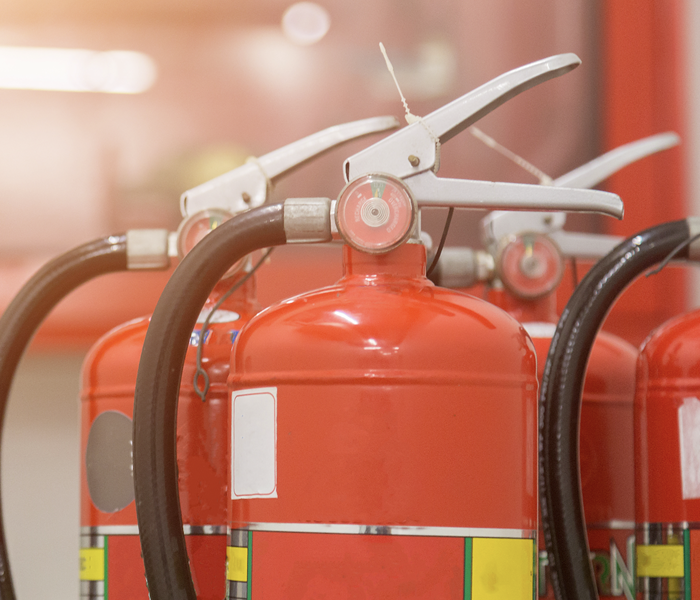Fire Safety 101: Protecting Your Home and Loved Ones from the Threat of Fire
8/14/2023 (Permalink)
Keeping your home and loved ones safe from the threat of fire is a top priority. Fires can be devastating, causing property damage, injury, and even loss of life. However, by taking preventive measures and implementing fire safety practices, you can significantly reduce the risk of a fire occurring in your home. In this blog post, we will provide you with essential tips on how to prevent fire in your home and create a fire-safe environment.
Install Smoke Alarms
Smoke alarms are your first line of defense against fires. Install smoke alarms on every level of your home, including inside and outside bedrooms. Regularly test the alarms to ensure they are in good working condition, and replace batteries as needed. Consider upgrading to interconnected smoke alarms that will all sound an alarm if one is triggered.
Have a Fire Escape Plan. Create a fire escape plan for your household and make sure everyone knows what to do in case of a fire. Identify two ways to escape each room, establish a meeting point outside, and practice the plan regularly. Ensure that everyone knows how to crawl low under smoke and how to use a fire extinguisher if necessary.
Maintain Electrical Safety
Faulty wiring and electrical malfunctions can lead to electrical fires. Regularly inspect electrical cords and outlets for damage, and replace or repair any frayed or exposed wires. Avoid overloading outlets and use surge protectors for added safety. If you have older or outdated wiring, consider consulting an electrician for an upgrade.
Exercise Caution in the Kitchen. Cooking-related fires are a leading cause of home fires. Always stay in the kitchen while cooking, and never leave a hot stove unattended. Keep flammable items like curtains, potholders, and paper towels away from heat sources. Install a fire extinguisher rated for cooking fires (Class K) in the kitchen and know how to use it properly.
Practice Candle Safety
Candles can create a cozy atmosphere, but they also pose a fire hazard. Never leave candles unattended, and keep them away from flammable materials and out of reach of children or pets. Consider using flameless LED candles as a safer alternative.
Heating equipment, such as space heaters and furnaces, can lead to fires if not used correctly. Keep at least a three-foot clearance around heaters and other heat sources. Turn off space heaters when leaving the room or going to sleep. Have furnaces and chimneys professionally inspected and cleaned annually.
Properly Store Flammable Materials
Store flammable liquids, such as gasoline, paint thinners, and cleaning solvents, in a well-ventilated area away from heat sources and in approved containers. Keep them out of reach of children and store them according to the manufacturer's instructions.
If you have a fireplace or wood-burning stove, have it regularly inspected and cleaned to prevent the buildup of creosote, which can ignite and cause a chimney fire. Use a sturdy fireplace screen to prevent sparks from flying into the room.
Practice Safe Smoking Habits
If you smoke, do so outside and utilize designated outdoor areas away from flammable materials. Ensure cigarettes are fully extinguished in a sturdy ashtray and never dispose of smoking materials in planters or mulch.
Have fire extinguishers readily available in key areas of your home, such as the kitchen, garage, and near fireplaces. Make sure family members understand how to use the extinguishers and regularly check their expiration dates.
Preventing fire in your home requires a combination of preparedness, awareness, and proactive measures. By following these essential tips and implementing fire safety practices, you can create a fire-safe environment for you and your loved ones. Remember, fire safety is a priority, and investing time and effort in prevention today can save lives and protect your home tomorrow.





 24/7 Emergency Service
24/7 Emergency Service
